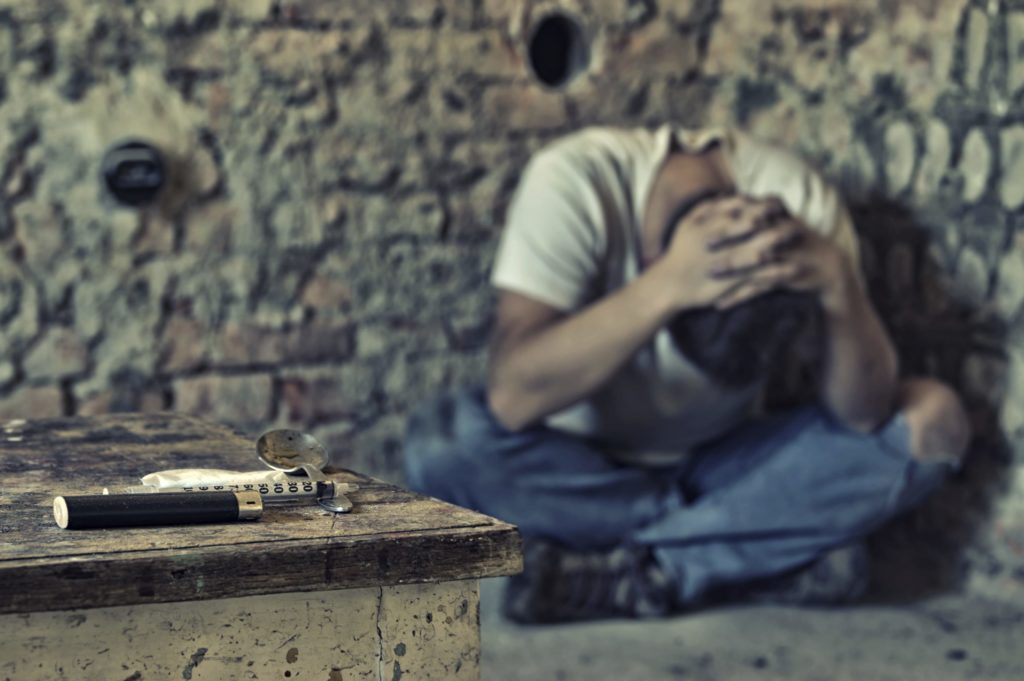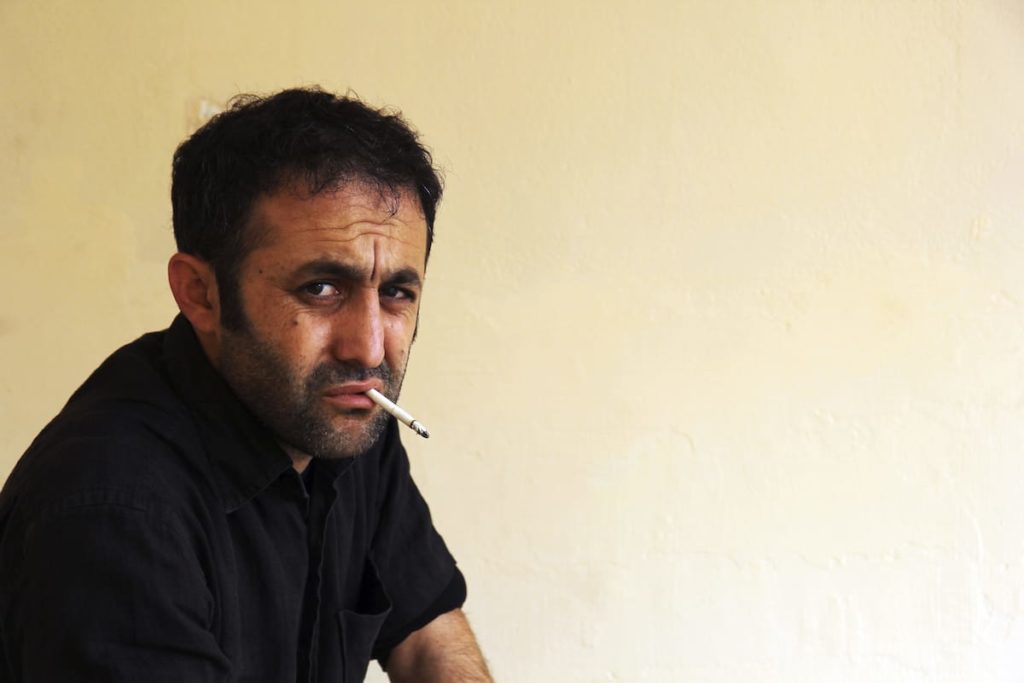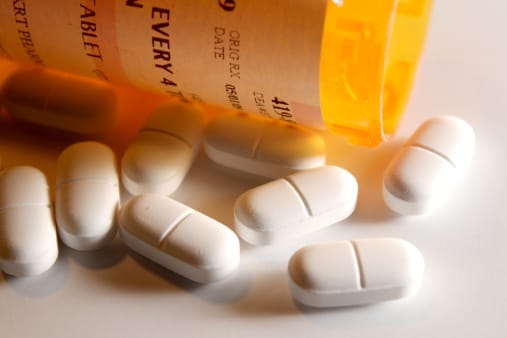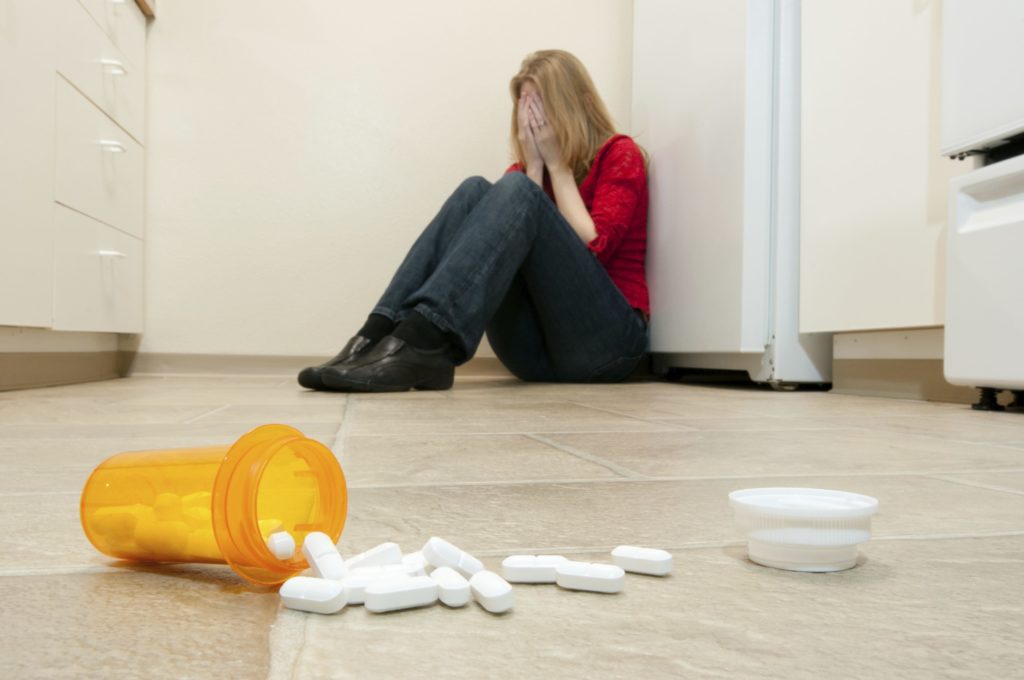In Albuquerque, New Mexico, a location made infamous by the wildly popular drug show “Breaking Bad,” a real epidemic of drug use is sweeping the city. Especially in the South Valley, a largely Hispanic neighborhood, families are seeing the devastation wrought by prescription drug abuse and, more recently, heroin. The South Valley is not the only part of the state to suffer in this way. New Mexico sets records for crime, overdose deaths and drug use. While some cities in the state have seen crackdowns that have improved life for residents, much of Albuquerque still needs to learn from their lessons.
Drugs and Death in Albuquerque
The story is a similar one seen throughout the country: prescriptions of narcotic painkillers soared in the late ’90s and early 2000s. People got hooked on these highly addictive drugs, more started abusing them and getting addicted, limits were put in place and in order to find a similar yet cheaper high, addicts turned to heroin. Most heroin comes to the U.S. from Mexico, and being so close to the border, New Mexico is in a unique position to get the especially dangerous and inexpensive black tar heroin, a specialty of Mexico’s drug cartels. According to government statistics, this story has played out in New Mexico and Albuquerque’s South Valley to the extreme. The rate of drug overdose fatalities is higher in New Mexico than in most other states and continues to rise. It has gone up by 60 percent since 2001. Forty percent of drug overdose deaths in the state occur in the Albuquerque area. The lifetime rate of heroin use for the U.S. is 2.9 percent. In New Mexico, that number is 4.7 percent.
Scourge of Black Tar Heroin
As prescription drugs become more difficult to get and more expensive, addicts turn to heroin. Drug cartels from Mexico are happy to supply according to the demand, and their cheapest offering is something called black tar heroin. Regular heroin is bad enough: it is highly addictive, easy to overdose on and causes lasting health problems. Black tar heroin is even worse. It gets its name from its sticky, black appearance and consistency. In addition to the usual problems heroin causes, this form clogs up blood vessels, causes them to stiffen and die, and produces serious infections.
Finding the Solution
Albuquerque and the South Valley are not alone in coping with the problem of heroin, addiction and overdose deaths. Other regions have seen the devastation and have made positive changes. In Chimayo, a town in the northern part of the state, black tar heroin was sweeping through the population until law enforcement, including federal officials, cracked down on the epidemic. Dealers were taken out in a raid, and since then the town has seen a marked decrease in crime and violence. New youth programs have kept young people off the streets and out of trouble. While Chimayo is now largely clean, the epidemic has migrated to other towns and regions of the state. Places like the South Valley, where individuals and families are succumbing to the lure of prescription drugs and heroin, need positive change like that seen in the small northern town. With a larger city like Albuquerque, the effort will need to be more extensive, but there is hope. Distribution of naloxone, the overdose antidote, is increasing, while programs to help heroin addicts are reaching more people. It is a small change, but one that gives hope to residents.






